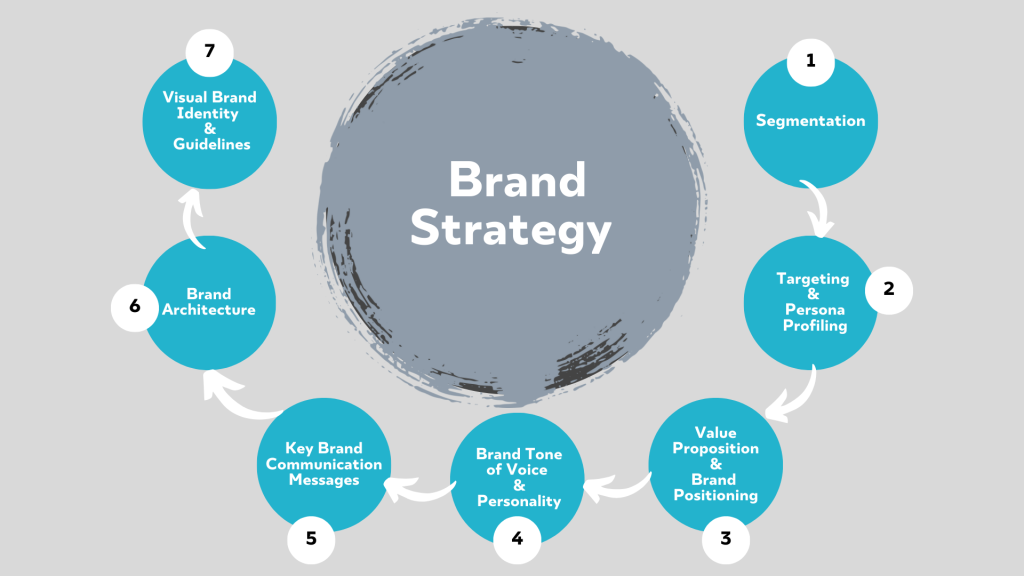The 5 Lanes of Marketing Transformation in the Digital Age

Today’s most successful marketers no longer limit their scope to driving brand awareness and building brand equity and perceptions. CEO’s and business owners, across different sectors and organizations, are increasingly holding marketing accountable for driving revenues and business results.
This is pushing marketers to give away their traditional tendency to manage marketing with gut feel, and start embracing data, analytics and automation tools, which are transforming the marketing discipline in our digital age.
It represents an interesting crossroads for marketing, which is being pushed away from its traditional “artistic and glamorous” approach into becoming a “science”, which still utilizes insights and creativity as the most essential tool to engage customers and achieve results.
The marketing transformation is happening in parallel across the following 5 lanes:
Lane 1: Data & Analytics
From a transactional view to a holistic view of customers
Traditionally marketers were able to know about customers’ demographics (age, gender, income, education…etc.), psychographics (lifestyle, motivations, values….etc.), and purchase behavior (what do they buy, frequency of buying, consumption patterns,….etc.). Digital tools available today allow us to know a lot more about customers including their intentions, planned activities, planned events, desired products, what of the brand’s content are they engaging with or sharing, what reviews are they writing about the brand on different platforms, what social media conversations are they having about different brands and products, as well as their actual location through their mobile devices.
Building such a holistic view of customers has significant effects on segmentation, marketing strategy, product design, and development of marketing communication material.
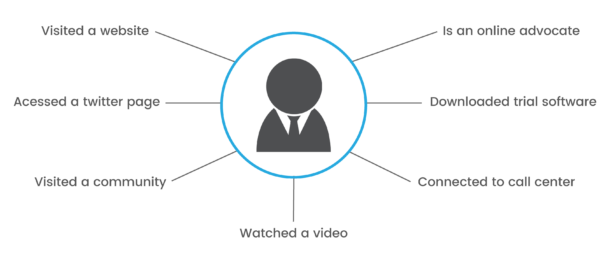
Buliding a 360 customer profile
Lane 2: Content
From exposing customers to engaging customers
While organizations, brand owners and marketers may be concerned about return on their marketing materials’ investment, customers are only concerned about their own return on engaging with it. Nobody wants to waste time watching advertising that speaks about how great your product is. What customers care about is how does your product help them fix a problem they may have or realize a goal or ambition they are after. Customers will only engage with a brand’s marketing content if it is useful to them.

different types of return on engagement
Lane 3: Process & Execution
From Waterfall Campaigns to Agile Marketing
Traditional conventional marketing was about commissioning big research studies, development of detailed strategies, briefing agencies to come up with big creative ideas, investing in expensive productions, and running multimillion dollar campaigns. Typically, this process took a minimum of six months. Agile on the other hand squeezes all necessary steps from plan, design, launch, and measure into 2-4 weeks. It always starts with customers’ story, not the brand’s goals. Then, it breaks down marketing executions into smaller initiatives, each ending with a prototype used to get customer feedback. Based on that feedback alterations are quickly applied followed by the launch. The cycle of test, launch, measure, alter ate is repeated on-going. One of the beauties offered by the digital world is the opportunity to test and experiment without causing damage. Agile also requires a collaboration mindset and transparent communication between empowered cross-functional team members.
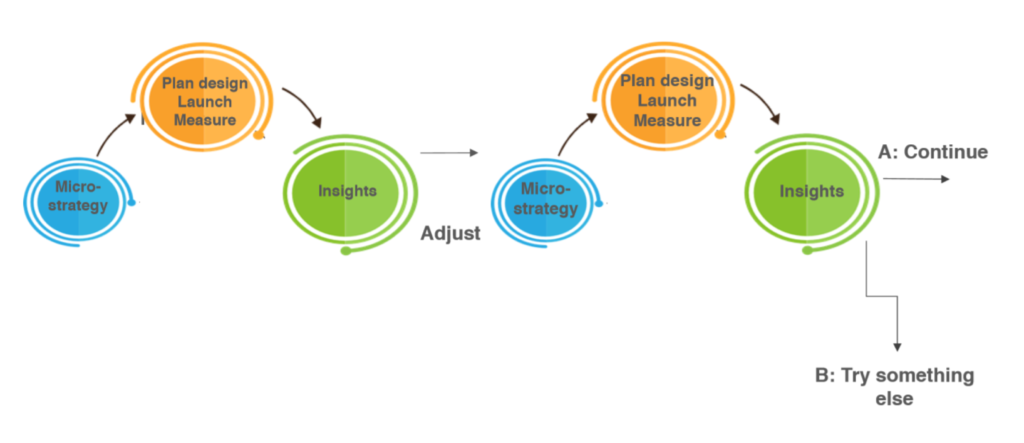
agile marketing process
Lane 4: People and Organization
From function-centric to customer-journey-centric organizations
Customers do not care about the internal structure of organizations and their different departments. They want to interact with a brand or a company as one unified interface. This requires marketers to lead cross-functional teams, who are responsible for the entire customer journey and experience. A modern marketing organization should cover brand strategy, analytics and marketing operations, content management, along with demand generation and business metrics. It also requires working very closely with members of the sales and customer service departments.
At the same time, it requires the setup of a unified platform for customer experience management.
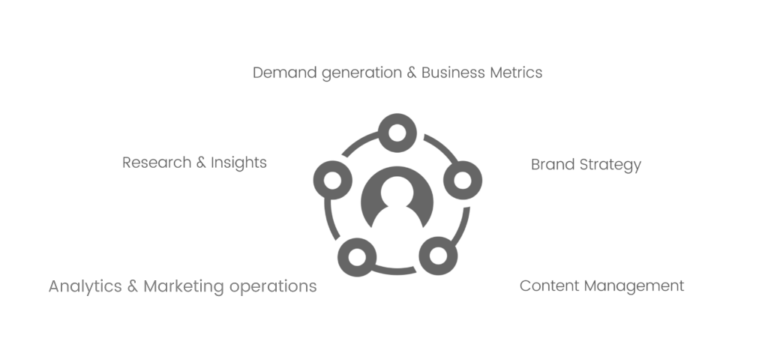
functions covered within a modern marketing department
Lane 5: Automation
From function specific to a unified integrated system overarching the full customer journey
Organizations need to rapidly setup a unified customer experience management platform as opposed to the fragmented automation systems in place. CRM systems can no longer be isolated from digital advertising tools, analytics tools, research, e-commerce and customer service. This is essential to avoid the current fragmented customer experience across functions and across channels. In absence of such a unified system, brands will not be able to embrace automation to effectively scale their marketing activities.
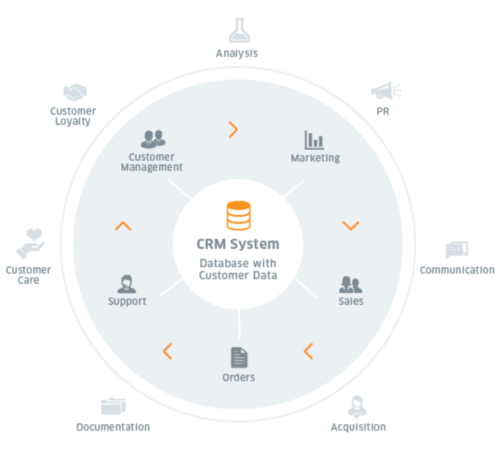
integrated automation system example
Finally, the application of the above principles of marketing transformation becomes most effective and relevant for the increasing number of brands worldwide, who are setting up and using digital marketing funnels to acquire, convert, and maintain loyal customers. Development and successful management of such end-to-end customer-centric funnels is becoming the most essential driver for achieving concrete marketing results.
At the same time, it requires the setup of a unified platform for customer experience management.
about the author

Nader Elhamy
A senior marketing, commercial management & Digital Strategist with over 20 years’ experience.
Founder & Managing Partner of Toolbox Marketing Consulting.
Member of the commercial management team, which conducted the turnaround of Al-Ahram Beverages Company.
He has launched, re-launched and managed some of Egypt’s largest and most successful brands across a variety of sectors including FMCG, Real Estate, Destinations, Food & Beverages, Hospitality, Textiles, Retail, Media, White Goods, Electrical Accessories, and Manufacturing.

